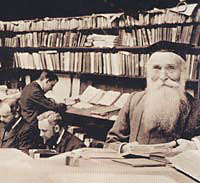 |
|
What’s New Archives
|
|
|
|
|
Last updated 02 November 2002 Cumulative entries to last date: 73 What’s New Archives
|

Concertina Library archives
can be kept in the space used up to 1915 by James Murray to house materials for his Oxford English Dictionary project. Contents
Subscribe to receive occasional
|
Send this page to a friend.
This page was last changed | |
|
© Copyright 2000– by Robert Gaskins |



